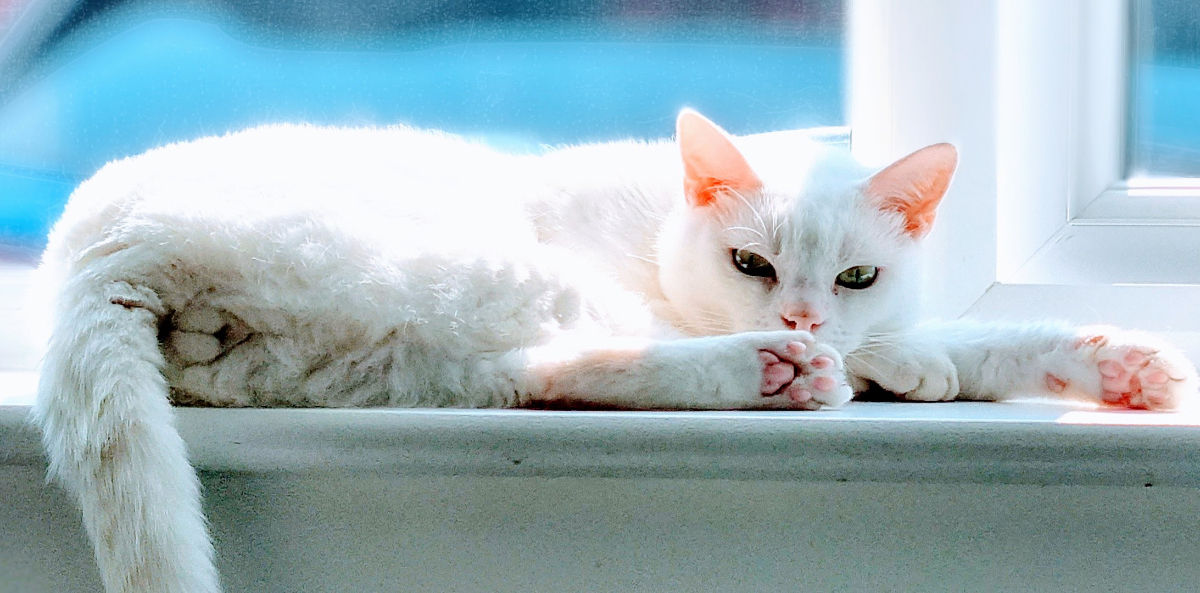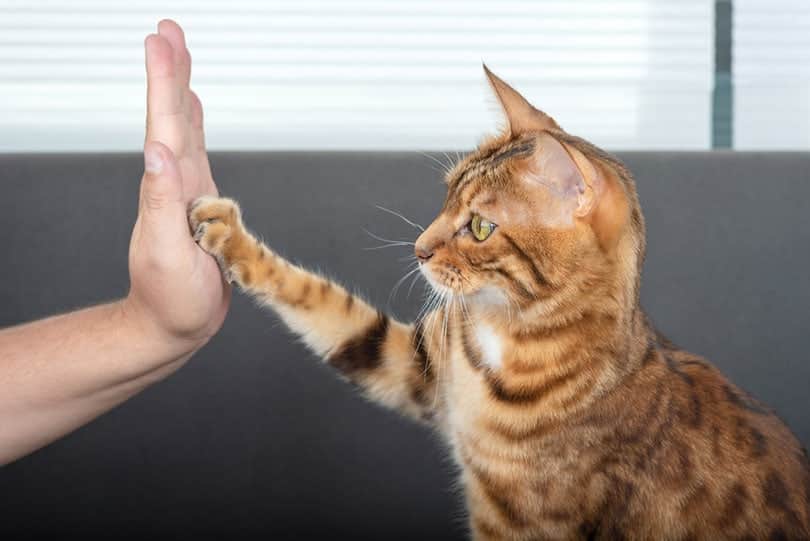Hi, I’m Dr. Lauren! Read my introduction to learn more about me and my two adventurous cats, Pancake and Tiller.
As a veterinarian, I tell people that one of the most important things you can do for a cat, is to ensure that they are microchipped. In fact, one of my cats once escaped while in the wilds of Alaska, and the only way I got her back, months later, was via her microchip. Miles away, cities away- the chip was her saving grace. She’d navigated the rugged Alaskan wilderness on her own, and without the microchip (or chip, as we often refer to it), would have had no way to communicate who she was, or where she belonged.
These days, many shelters won’t adopt cats out until they are spayed/neutered and microchipped. But those that come by cats through other means, such as finding a stray or adopting a kitten from a friend, know that chips are a key part of pet ownership. And with modern technology, they can now have multiple uses. Let’s take a look.

Microchips: What, How & Why?
Microchips are generally placed in the scruff of a cat, under the skin, but not in muscle. Arguably the best time to do this is under sedation or general anesthesia during the time they are being de-sexed, as the needle gauge (size) is rather large, and can be uncomfortable. The microchip itself is about the size and shape of a grain of rice, and often cannot be felt once implanted.
Microchips work passively: a handheld, battery-powered reader can scan a chip within a few inches of the chip, and read out a several-digit number. This number is then linked via a database to the cat owner’s information.

In clinics, I’ve had many stray cats brought in, with finders desperately wanting to reunite the stray cat with its family. The majority of these cats don’t have microchips, and those that do, often have chips that haven’t been registered, or the contact information is out of date. So, if you do get a cat with a chip, always remember to complete the additional registration steps, to link the microchip number to your contact information. And if you move or change any of your contact information, don’t forget to update the microchip, as well.
And, if you ever need to look up a chip, know that there are various databases that the chip can be registered with- it’s not like a car where each car is registered to a single state. Rather, it’s like deciding to order a pizza: multiple different restaurants, each with their own menu. The American Animal Hospital Association is making things easier, as they’ve compiled a database of all the microchip registries, which is a good starting point.
Legally, microchips are becoming compulsory, or required, in many places, which is a good turn of law. Recently, all of England now requires cats to be microchipped and gives owners a 30-day window to adhere. For the cats out there that cannot speak for themselves, I think this type of legislation speaks volumes: microchip your cat, so they can find their way home.
- Read her previous article: Feline Fine: How Acupuncture Works, Part Three
- Read her next article: Sleep Shaming or Bio-Hacking: The Science of Feline Polyphasic Sleep








